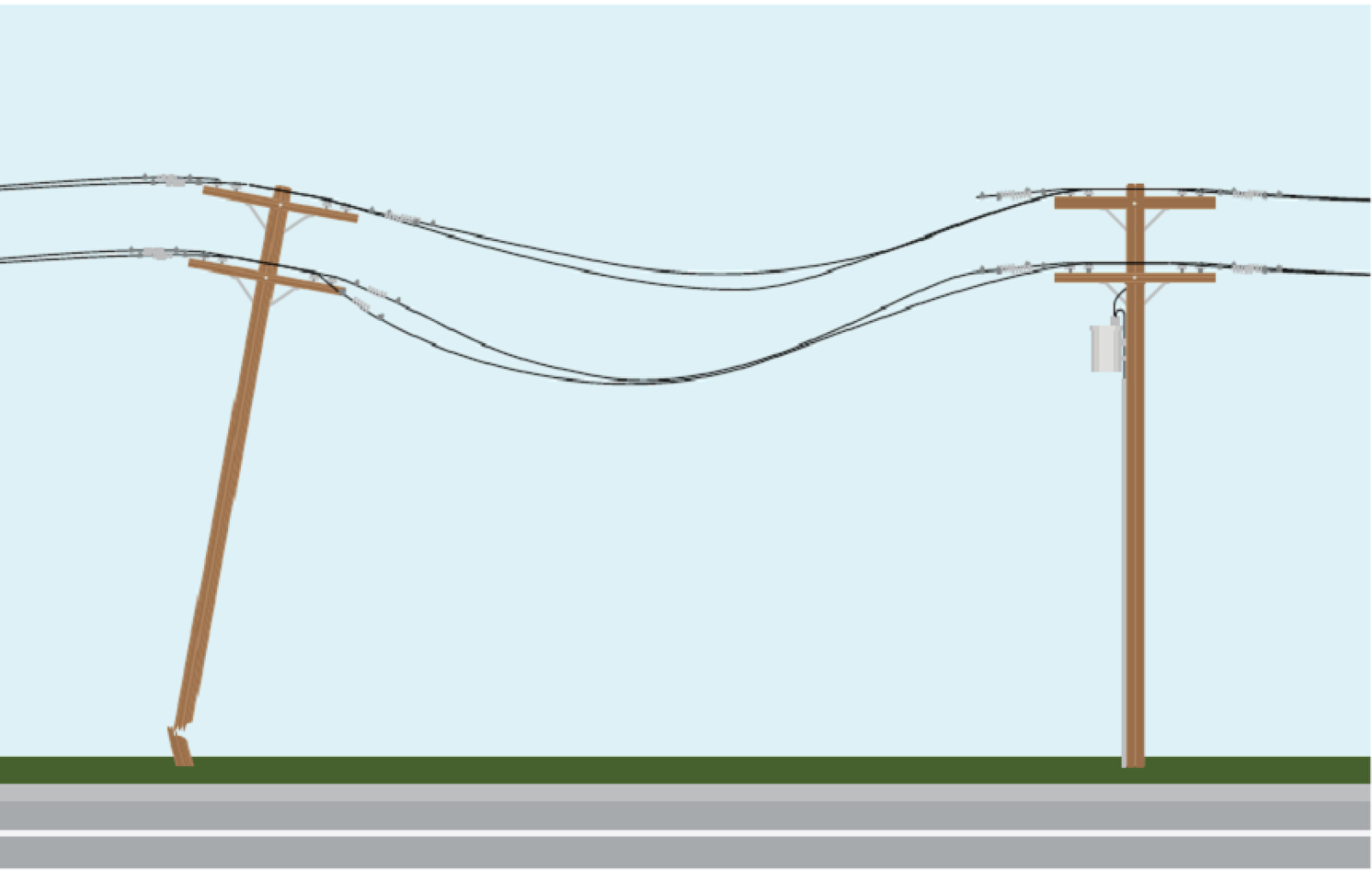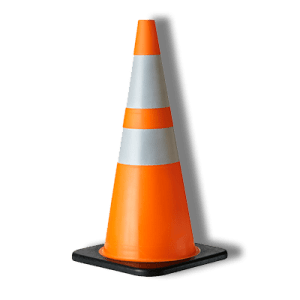How can we make thoughtful predictions?
Use criteria to identify thoughtful predictions about the world around us.

Overview
In this activity, students use the criteria and a thinking strategy to identify thoughtful predictions. While this activity uses examples related to understanding the world around us, any science concept, phenomenon, or content could be used to help nurture the competency of questioning and predicting.
Instructions
What you'll need
- “Making thoughtful predictions” slideshow
- “Rating thoughtful predictions” worksheet
- “Assessing my ability to make thoughtful predictions” rubric
- Digital projector and screen
- Open up and display the “Making thoughtful predictions” slideshow. Show your students slide 2 and ask them to look at the image of the child and the birthday candles. Read the two statements and ask students to think about the difference between the two statements. Invite students to share their thinking with the class. Write their ideas on chart paper or the board.
- Explain to students that one statement describes what we can see happening in the image; this is an observation. The other statement describes what we think will happen, based on what we can see in the image; this is a prediction. Ask students to identify which statement is the observation and which one is the prediction.
- Show your students slide 3 and read the three predictions. Ask them, "Which one is a better prediction?" As a class, discuss why each prediction is or is not the best one. Together with your students co-create or share the following criteria for a thoughtful prediction:
- Uses details from our observations
- Uses what we already know about the situation or subject
- Explain to your students that they are now going to practice using the criteria to identify thoughtful predictions related to how living things react to seasonal changes. Provide each student with a copy of the “Rating thoughtful predictions” worksheet to complete as a class. This worksheet can be modified to be used by students in other contexts as well.
- Show slide 5. As a class, discuss what they see. Students can record their observations on the worksheet or you can record the observations on chart paper or the board. Explain to students that the next slide will show three possible predictions related to their observations.
- Show slide 6. Discuss what is shown in each prediction. Ask students to rate each prediction using the criteria. Remind students to provide their reasoning for each rating and share their thinking with the class. Finally, ask students which prediction is the most thoughtful prediction for the image on slide 5.
- Explain to students that we must observe any dangerous situations, like fallen power lines, and remember Down. Danger. Dial and shuffle at least 10 metres away before dialling 911.
- Conclude this activity by inviting your students to suggest other contexts where they might use criteria to make predictions at school or at home
Modify or extend this activity
Extension
Invite students to create their own prediction for the image on slide 5 and rate their prediction based on the criteria. Students can revise their prediction as needed to better meet the criteria.
Curriculum Fit
Kindergarten Science
Curricular competency
Questioning and predicting
- Observe objects and events in familiar contexts
- Ask questions about familiar objects and events
Big idea
- Daily and seasonal changes affect all living things
Content
- Weather changes
- Seasonal changes
- Living things make changes to accommodate daily and seasonal cycles
Grade 1 Science
Curricular competency
Questioning and predicting
- Observe objects and events in familiar contexts
- Ask questions about familiar objects and events
- Make simple predictions about familiar objects and events
Big idea
- Living things have features and behaviours that help them survive in their environment
Content
- Behavioural adaptations of animals in the local environment
Assessments
Throughout the activity consider how well students:
- Think collaboratively during class discussions
- Use criteria to guide their thinking
- Use sources of information and prior knowledge to make meaning
- Transfer and apply learning to new situations
Guide students in using the “Assessing my ability to make thoughtful predictions” assessment sheet during the activity.







